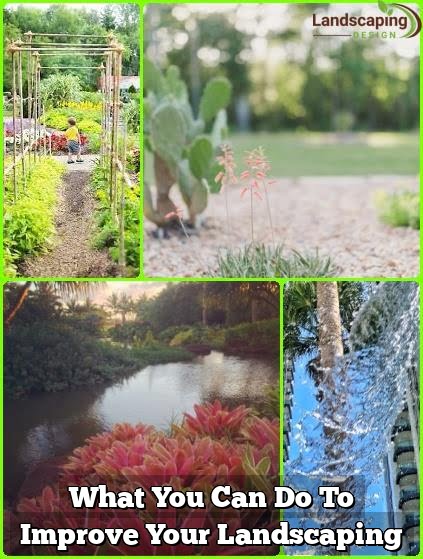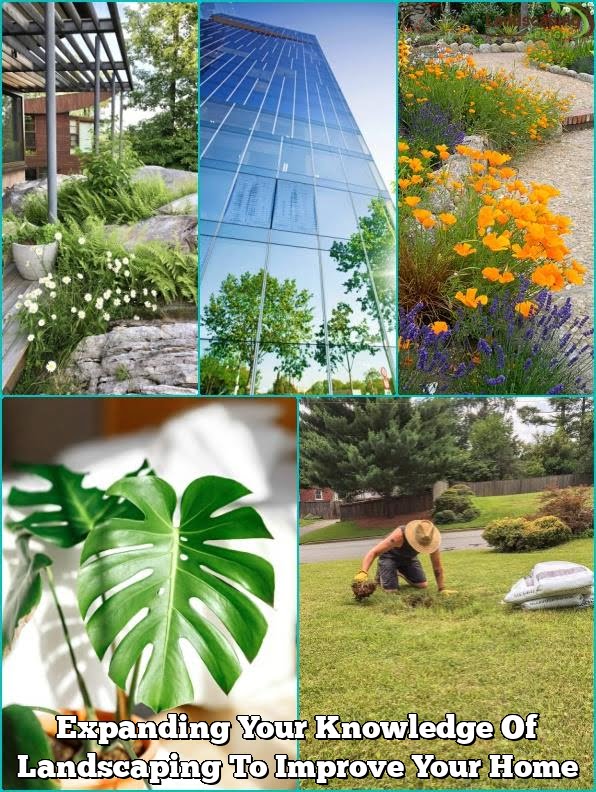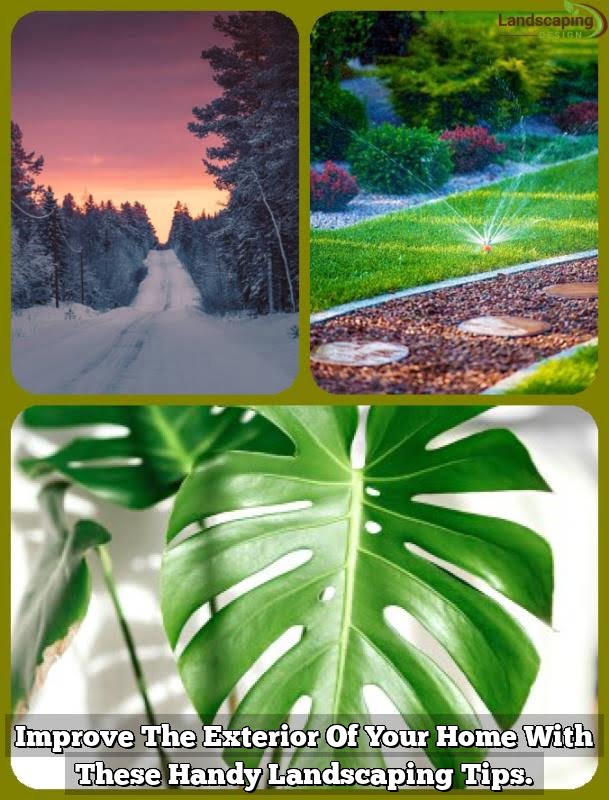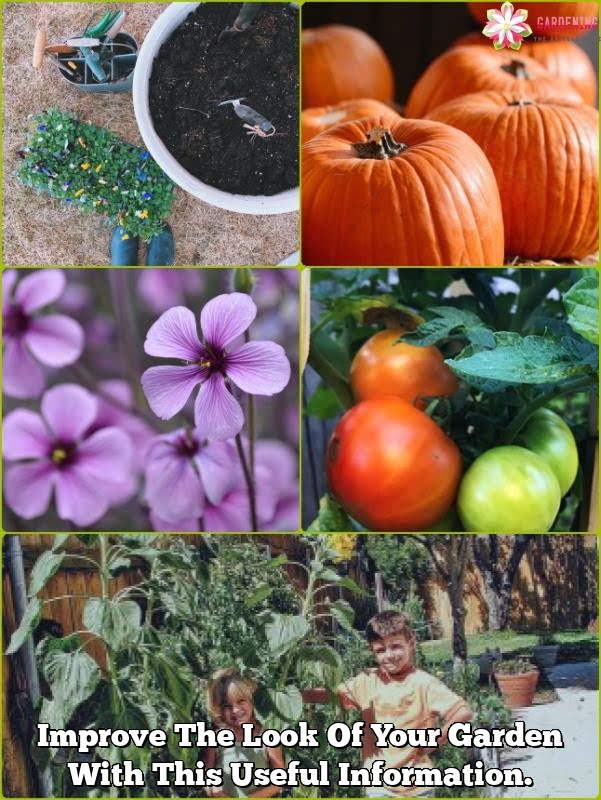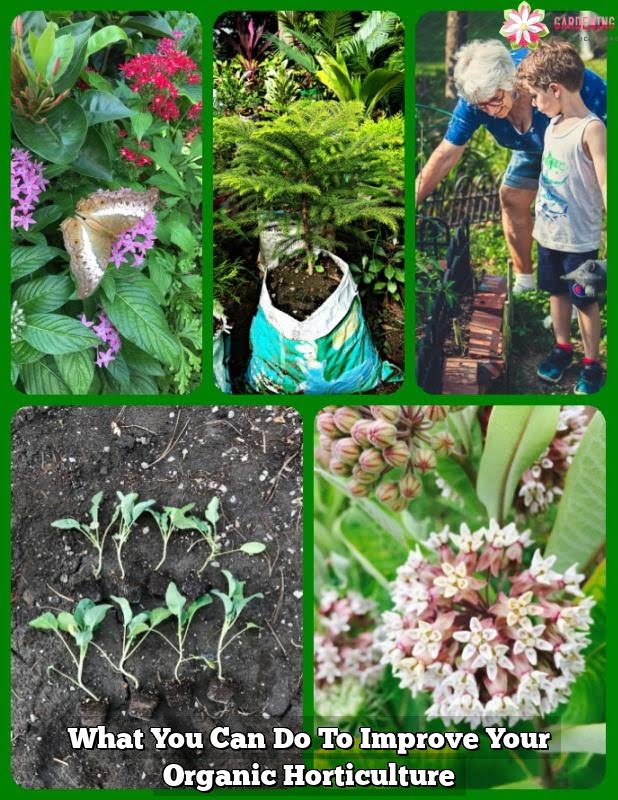Landscaping gives your house an aesthetic appeal by placing everything in the best spots. It must also be practical and create space to the homeowner. While it may seem like much to consider, read on for some simple tips that can help you to create a plan that meets all of your criteria.
Before you start a landscaping project, you might want to make a sketch of your plans. It’s much simpler to change your ideas on a drawing than to actually get physically started.
Quality Products
Pick quality products that are made well and avoid cheap ones. In many stores, you will usually find reduced and low-quality products. Go to a specialty store to get quality products and helpful advice from experienced workers. It’s worth it to pay more for quality products and advice that truly work.
Shop around on the Internet to keep costs down and to find a larger selection. There are a wide variety of websites that offer quality landscaping products at very good prices. Make judicious use of customer reviews to see if you are getting products to ensure proper packaging is used when transported.
Leave some stary grass clippings where they fall after you mow it.
Stop thinking that you should try and spend less is always the way to go.While you can get cheap landscaping items, the quality is probably not going to be what you are looking for. If you are a novice landscaper, a specialty store, while a little more expensive, and your supplies will be guaranteed.
Some plants blossom just a short time so your yard looking empty while you wait for them to perk up again.
Do not overlook the havoc that certain kinds of landscaping could have on your home and lawn. If you do not take the proper precautions, you may find that the roots from your plants could interfere with any underground piping you have. Take all of the possibilities into consideration when making your landscaping plan.
Get professional landscaper before you launch a serious landscaping project. It may well be worth your while to invest in a little advice that will save you more money in the long run, but talking to a landscape architect can save you a lot of time, misery and time along the way as opposed to doing it yourself. A quick one hour discussion should be sufficient to glean some great advice and get off on the proper foot.
Soil type is a big factor in your landscaping efforts. Some plants have trouble growing in different kinds of soil. If the soil you have is creating limitations, think about replacing it, or use a bed with mulch and wood chips.
If you are going to use any large plants in your design, remember that they are likely to cast a shadow. This shade will help cool the sun during the summer. Be certain not to put small plants in shadows.
Use ground-cover plants to fill in areas between your yard. They can also improve the color, depth and color to your landscape.
Learn as much as you can about various landscaping design techniques. For instance, make use of anchor plants or a plant that is used often throughout your design, continuous sensation. The textures of plants are also add important so consider that to vary your design. There is a wealth of information in landscaping books available that will help you design the most enjoyable way to learn new things.
Do not make changes.Plants change throughout the year, and something that is unappealing in January might be beautiful in June.
If you’re thinking about selling your home anytime soon, it’s critical to enhance the home’s curb appeal through tasteful landscaping.
Fall colors should be taken into consideration as part of any landscape design your landscape. Many people are only concerned with summer or spring colors, but there are many beautiful fall options out there too. You will be glad of this forethought as September and October when your yard looks as beautiful as it did in spring.
Create a self maintaining yard that will diminish weed growth. Weeds will grow where they don’t have the room to do so.
Take the time to regularly trim your plants to make sure your yard looks well cared for look. Many plants grow excessively and need regular maintenance.Don’t hesitate to cut them all the way back, as they regrow quickly and fill out their assigned spaces nicely.
Allow growing room for the plants that you add to your landscape. Consider how plants and trees will look once fully grown in your landscaping.
Don’t hesitate to get rid of plants from the yard. Sometimes a plant or tree may outgrow your space. You could always put the removed plants in a different area or giving it away.
The USDA updated its hardiness zone map in 2012, the first time this has occurred in over 20 years. This map is quite important because you can use it to choose which plants will survive in your area.
The time it takes to prepare for planting is roughly the same, as it’s the preparation that takes the most time, so it will save you time to work with large groups.
Water features are an elegant way to add spice and function to all kinds of spaces. Water features attract wildlife.
Even small yards can be made lovely if the space is well utilized. Use your space well so there are a few peak areas that draw focus.
Don’t just judge a plant by what you see now; always consider the final size into consideration too! You might discover that half the plants perish from deficient levels of sunlight or are overcrowded.
As you build your landscape design, make sure to address issues of function and form in equal measure. The added pressures of staying on time and on budget can also be stressful. What you have read here will make it easier to do so. Use what you’ve learned and you’ll be amazed with the results!

Welcome to my blog about home and family. This blog is a place where I will share my thoughts, ideas, and experiences related to these important topics. I am a stay-at-home mom with two young children. I hope you enjoy reading it! and may find some helpful tips and ideas that will make your home and family life even better!

